Click here to watch our Hinge Corrective video.
When we perform the hinge corrective, we focus on a deep hamstring stretch. If you turn your feet in slightly, this will assist in a deeper internal rotation stretch. In contrast, if you arch more (feet/ knees still pointed straight), you will experience stretch/tension more so on the lateral or outer parts of the hamstrings/calves. Nothing is technically wrong or right. We do find most people need more collapsing, but we all should practice both, as with most things.
As we explore our corrective exercises, you may come across some spinal shape terms. A quick explanation is as follows, but they can be combined and configured in other ways as well.
Spinal Shape PPP:
- Posterior Lumbar
- Posterior Thoracic
- Posterior Cervical
Spinal Shape AAA:
- Anterior Lumbar
- Anterior Thoracic
- Anterior Cervical
One thing to mention is that the PPP spinal shape (Standing Posture Hold) is more of a Functional Patterns concept, meaning they like to use that spinal shape more than others. We should try to use the appropriate spinal shape for each movement, but we do find most people need to practice and implement this concept a great deal. When I started learning Muay Thai, I realized I was deficient in other spinal shapes due to all the movements and time spent in Muay Thai being predominately PPP-based, except for some aggressive punching combinations. The point is PPP is an important shape, and AAA is also just as important spinal shape; both should be implemented, practiced and explored daily.
AAA is basically Flobility, very similar without restrictions, and the ability to explore various concepts FROM flobility. AAA is seen more in other athletic stances and setups, such as a runner preparing to launch for a sprint or a foot team getting ready for a play. Also, we notice AAA is more common in boxing, whereas PPP is more common in Muay Thai, again not absolute.
We will learn how to explore the AAA position with the hinge with some variations, such as APA (Anterior Lumbar, Posterior Thoracic, Anterior Cervical). This will help us properly retain the hamstrings and the entire posterior chain, all while keeping them hydrated and with increased space and length of the tissues.
AAA will keep us safe and strong whether we are deadlifting, picking something up, boxing, sprinting, kettlebell swinging, etc. It will teach us to direct the tension towards our hamstrings rather than our lower backs, no matter how far we are reaching in the hinge. Some trainers have told us that they’ve speculated that the majority of most people’s hamstrings are clumped anywhere from 2-3 inches in the upper portion under the glutes. All we know is that the hamstrings need lots of activation and proper tension through proper lengthening.
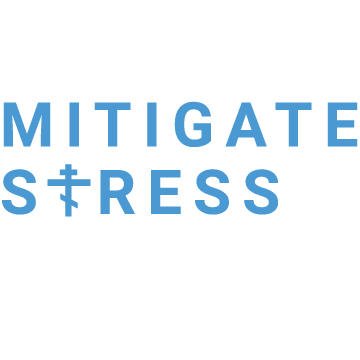
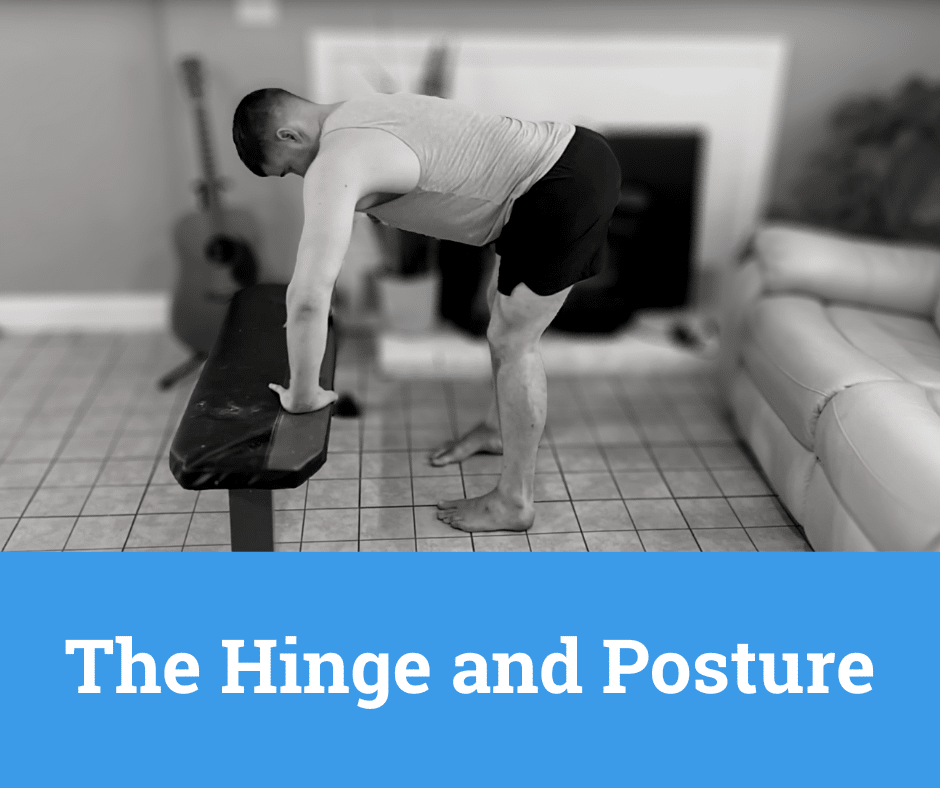

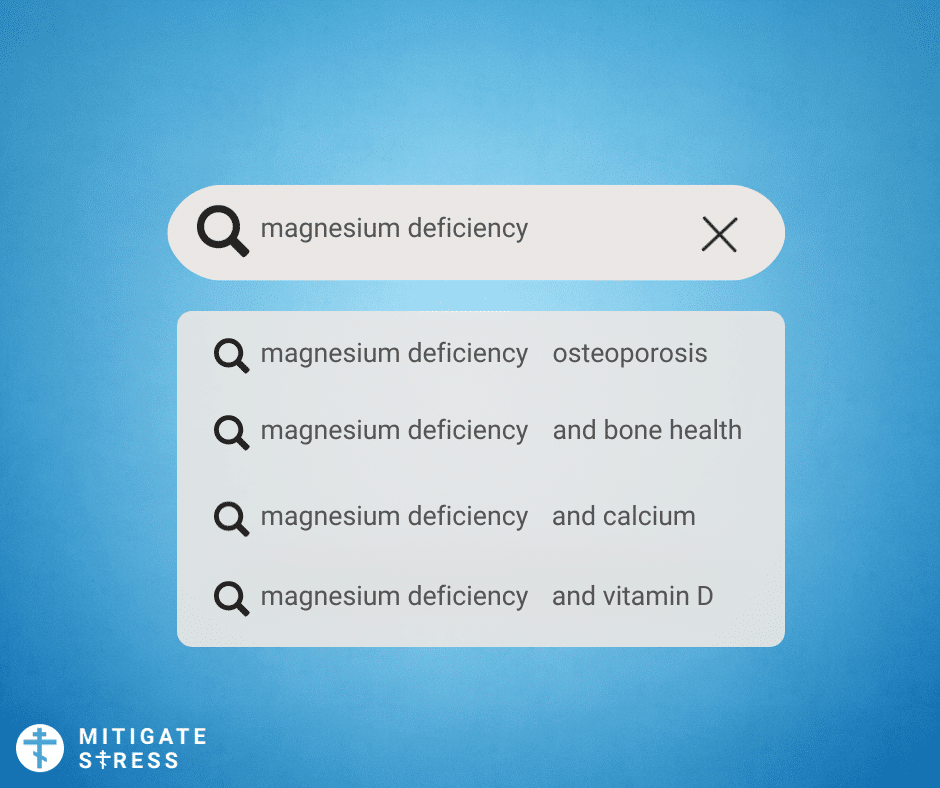
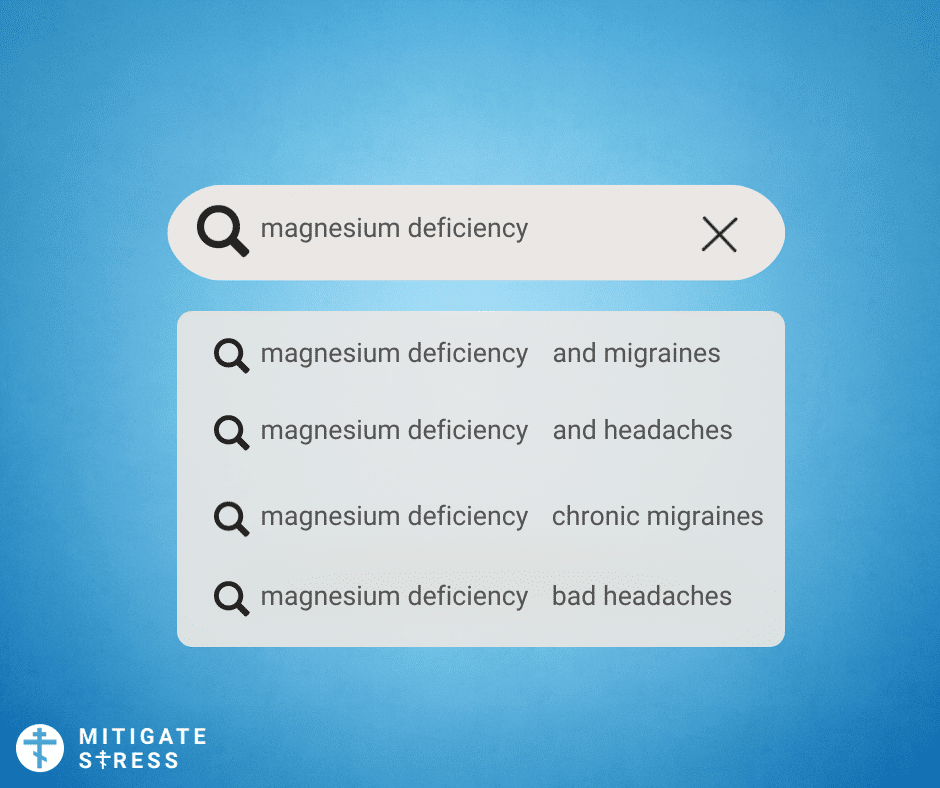
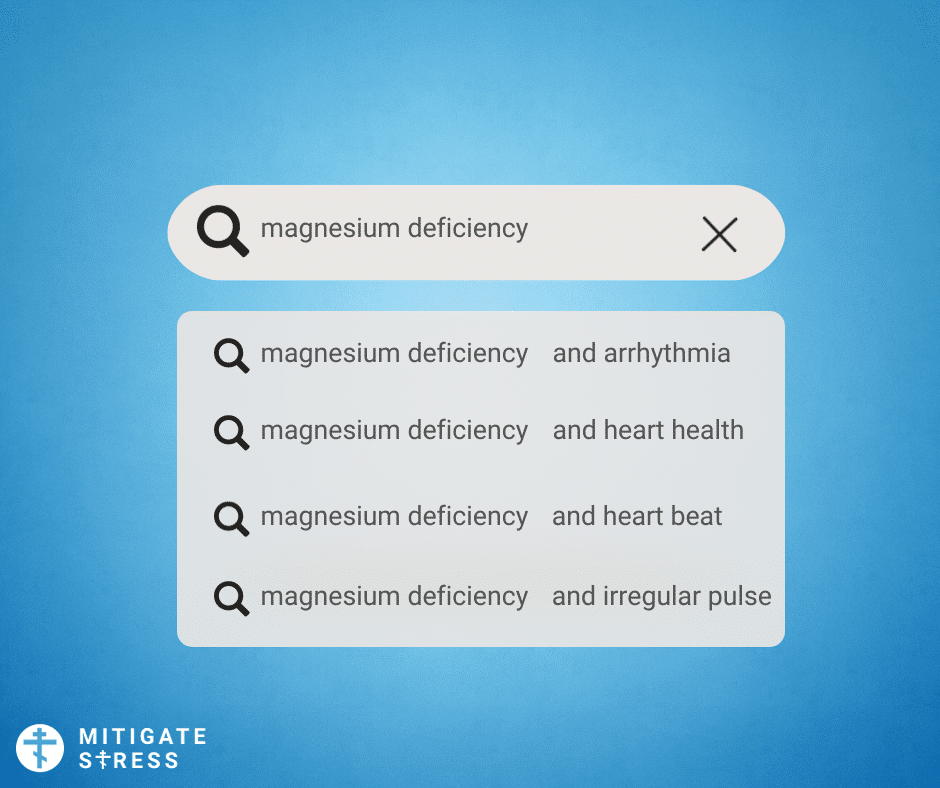
0 Comments